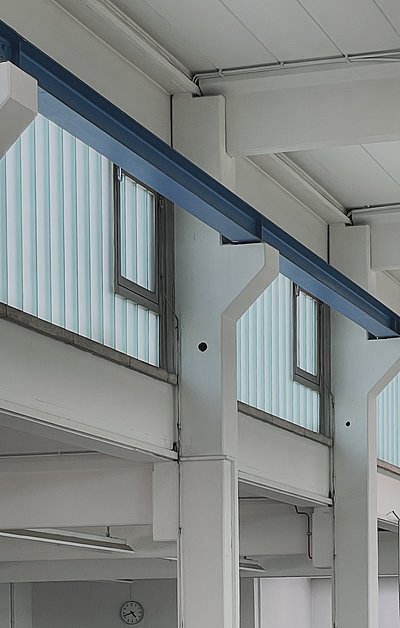New School of Architecture Siegen
June 4, 2024, 6 p.m. to 8 p.m. University of Arts Linz, Hauptplatz 6, Auditorium D, 4020 Linz
Baukultur invites to a guest lecture by Tobias Hönig & Thorsten Erl.
The reinvention of an architecture department in terms of space and content and the role that universities can play in transformation processes.
In 2013, the University of Siegen, which had been located on a car-friendly campus on the outskirts of the city since the 1970s, decided to gradually relocate its teaching and research operations to the city center. As a result, its weight as a key player in Siegen's urban development grew immensely. It is all the more aware of the opportunity its decision presents to counteract processes of desurbanization. In view of the crises that have opened up in the meantime and their increasing perpetuation, some of the courses that have long since been set with determination are now leading directly to emphatic question marks.a prototypical horizon of how this project of the century could nevertheless be continued is opened up by the reform process of the Siegen architecture department, which was initially not conceived in terms of space, but actually purely in terms of content. With the question of contemporary, future-oriented architectural teaching and research in architecture in mind, the department asked the university management to be allowed to further develop a demolished industrial hall within the inner-city master plan as part of a competitive process with 6 offices and a preceding summer school, with the participation of their students and students from all German-speaking countries (including Linz).Thorsten Erl and Tobias Hönig report on the conception and course of this process and the perspectives that opened up.
In 2013, the University of Siegen, which had been located on a car-friendly campus on the outskirts of the city since the 1970s, decided to gradually relocate its teaching and research operations to the city center. This increased its importance as a key player in Siegen's urban development immensely. In this respect, the opportunity to counteract processes of desurbanization opened up by its decision was seized consciously. In view of the crises that have emerged in the meantime and their increasing consolidation, some of the courses that have long since been set with determination are now leading directly to question marks. A prototypical horizon of how this project could nevertheless be continued is opened up by the reform process of the Siegen architecture department, which was initially not conceived in terms of space, but rather purely in terms of content. Mit der Frage nach zeitgenössischer, zukunftsorientierter Architekturlehre und -forschung in der Architektur im Hinterkopf, bat das Department die Universitätsleitung darum, eine zum Abbruch freigegebene Industriehalle innerhalb der innerstädtischen Masterplanung, im Rahmen eines wettbewerblichen Verfahrens mit 6 Büros und einer vorgeschalteten Summerschool, unter Beteiligung ihrer und Studierender aus dem gesamten deutschsprachigen Raum (u.a. aus Linz), entwickeln zu dürfen.Thorsten Erl und Tobias Hönig berichten über Konzeption und Verlauf dieses Prozesses und die sich eröffnenden Perspektiven.
Prof. Dr. Thorsten Erl
Teaching and research field urban planning (stdtb)
New School of Architecture Siegen/Neue Architekturschule N AS, University of Siegen
+ metris studio for architecture, city and landscape, Heidelberg
Prof. Tobias Hönig
Teaching and research field Building Theory and Design (LFGE)
New School of Architecture Siegen/Neue Architekturschule N AS, Universität Siegen
+ c/o now, Berlin
Presence event


